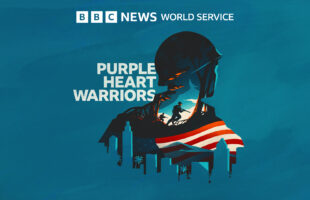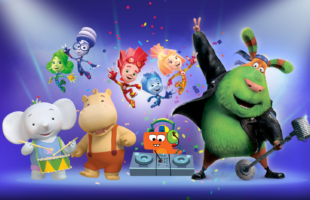
Ahmad Ouri, Chief Marketing Officer, Technicolor and Jimmy Kim, Technicolor Digital Content Asia Pacific 







by TVA Editor

Ahmad Ouri, Chief Marketing Officer, Technicolor and Jimmy Kim, Technicolor Digital Content Asia Pacific 







 ZEE5 Global announces the digital premiere of Telugu blockbuster Maa Nanna Superhero
ZEE5 Global announces the digital premiere of Telugu blockbuster Maa Nanna Superhero Citadel: Honey Bunny Was Prime Video’s Most Watched Series Globally This Weekend
Citadel: Honey Bunny Was Prime Video’s Most Watched Series Globally This Weekend BBC World Service announces new six-part audio drama Purple Heart Warriors
BBC World Service announces new six-part audio drama Purple Heart Warriors Animotion Media Group Signs Exclusive Deal with ADA
Animotion Media Group Signs Exclusive Deal with ADA
Sarah Mottershead as VP for Middle East, Africa, Israel, Greece & Cyprus
 TelevisaUnivision partners with Anima Kitchent to broadcast Cleo & Cuquin
TelevisaUnivision partners with Anima Kitchent to broadcast Cleo & CuquinSignup here to get the latest news and updates.
Disclaimer: Translations on this website are automated using Google Translate. While we strive for accuracy, please be cautious, as machine translations may contain errors. For critical or sensitive content, consider seeking professional human translation. We are not liable for any reliance on the translated content.
